How declining rawhide prices are driving up beef costs in Bangladesh—with a major role played by India
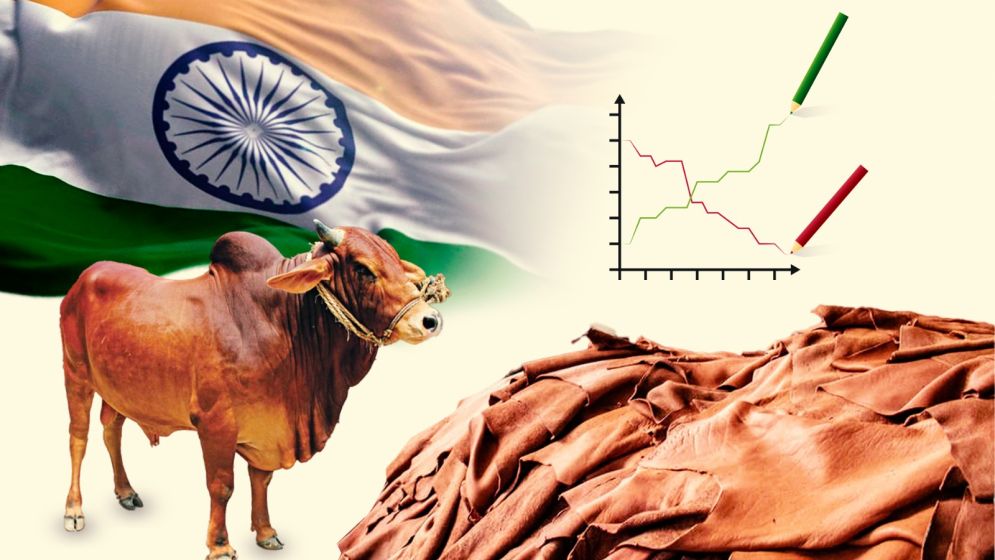
In recent years, among the essential commodities that have captured the public's attention in Bangladesh, few have sparked as much debate as the rising cost of beef.
The price of beef has soared dramatically, outpacing not only regional neighbors but, in some cases, even countries in Europe and the Americas.
For a nation where beef has long been a dietary staple, this surge has had significant ripple effects on consumers and the market alike. This surge in beef prices has triggered a range of explanations, each contributing a piece to the puzzle:
The country’s shrinking grazing land, a dwindling resource, has limited the ability to raise cattle. On top of that, Bangladesh’s traditional source of cattle—India—has seen a sharp decline in supply, both through legal and illegal channels.
The demand for beef meanwhile has only grown, driven by the nation's rising population and an increasing middle class eager for a taste of protein-rich meals.
International markets, too, have a hand in the price hike. Wheat bran, a primary ingredient in cattle feed, has experienced significant price increases, a consequence of global agricultural disruptions tied to conflicts abroad.
On the ground, a tangled web of middlemen—merchants, brokers, and traders—has inflated the cost of beef as it moves from farm to market, further eroding affordability for consumers.
Meanwhile, rearing practices have evolved. Cattle breeders, instead of relying on low-cost, traditional methods, have turned to improved breeds and more sophisticated techniques that, while yielding higher-quality meat, come at a steeper price.
The cost of transportation has also surged, with extortionate fees and hidden licensing charges plaguing the routes between farms and urban markets.
In cities, sky-high rents and extortionate security fees demanded by market landlords only add to the strain on beef prices.
Perhaps most insidious, however, is the pervading culture of profit-seeking, as every participant in the supply chain—producers, middlemen, and retailers alike—looks to capitalize on the growing costs of living.
Yet, behind the obvious factors lies one that has largely gone unnoticed: the collapse of the market for cowhides.
For those who lived through the late 1990s, the value of cowhides was once legendary. During the years between 1995 and 2000, a cow that cost 20,000-25,000 taka could yield a hide worth as much as 5,000 taka—an astonishing sum.
In fact, there were even stories circulating in rural communities about cattle thieves who would skin cows, abandon the carcasses, and steal only the hides, as they were so coveted.
In those days, the government ran public service announcements on Bangladesh Television (BTV) in the lead-up to Eid-ul-Adha, warning people not to damage the hides while skinning. Cowhides were precious, and a symbol of economic vitality.
Fast forward to today, and those same hides are worth almost nothing. In fact, they are often discarded with disdain, tossed into rivers like refuse.
The fall of the hide market has contributed to the systemic rise in beef prices, creating a paradox where the very animals whose byproducts were once so valuable now serve as little more than a financial burden on those who raise them.
The deep irony of this situation is not lost on anyone who remembers a time when the hides were a source of pride and income—now, they are just another casualty in Bangladesh’s complex web of economic shifts.
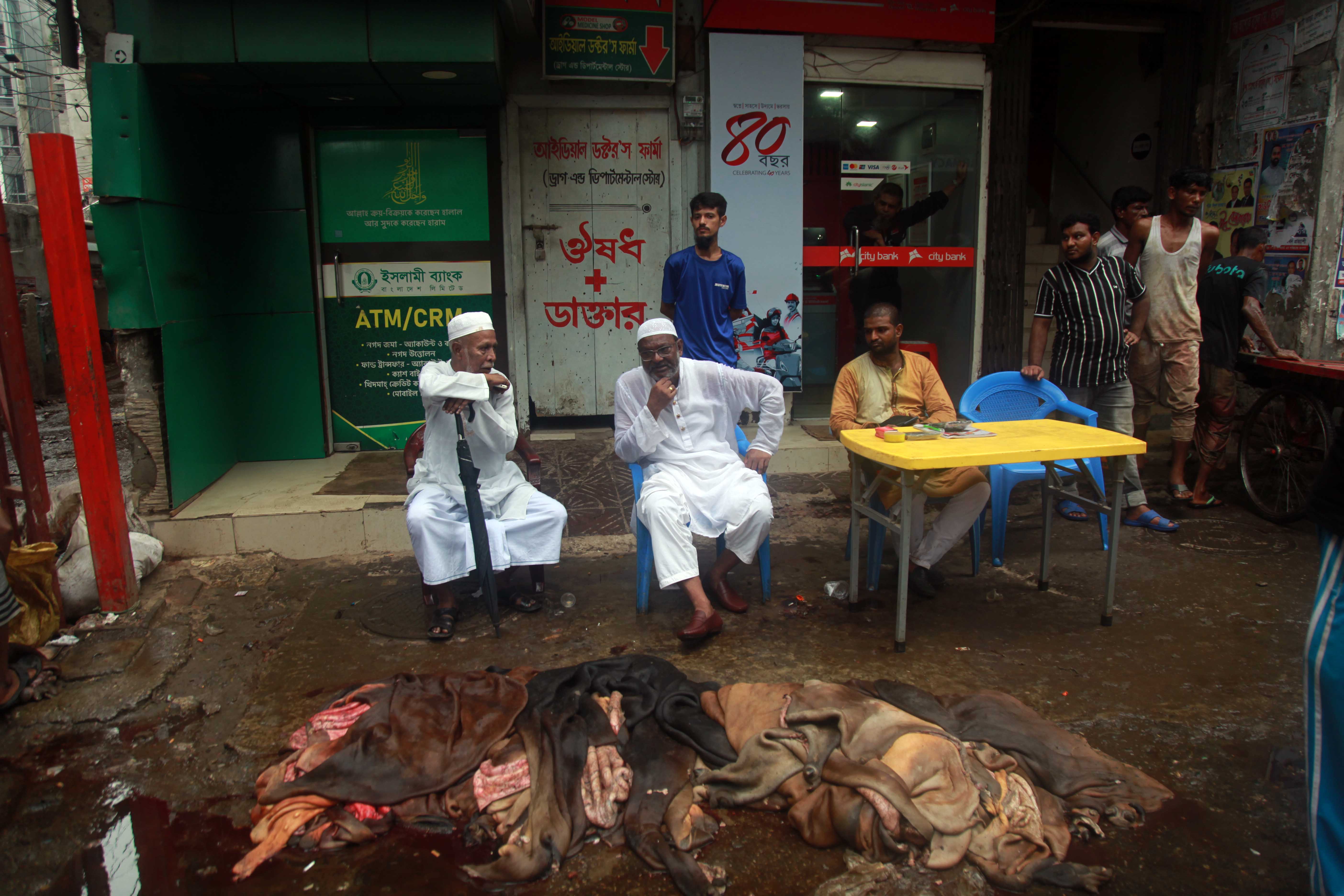
The impact of by-products on beef prices in Bangladesh
Every week at my cattle farm, we slaughter cows, selling a portion of the meat to our regular clients, while the rest is sent to my restaurant, Beefwala.
A boy from Hazaribagh comes by to collect the hides. Initially, he used to pay 200-300 taka per hide, but now, due to our longstanding relationship, we don’t even get that much.
These days, he claims that 100-200 taka barely covers his travel expenses and behaves as if we should pay him extra. Still, we’re just relieved that the hides aren’t ending up in the river, polluting the environment.
Almost every product has by-products, and those with valuable secondary products tend to be sold at lower prices. Take mustard oil, for example. We pay 200-300 taka for a liter, largely because the by-product, oil cake, is in high demand on the market.
The other day, I learned about another intriguing by-product from entrepreneur Md Zahidur Rahman of Insaaf Shop–a popular online marketplace for organic chemical free foods.
Zahid [bhai] deals with river fish from the Sundarbans, and sometimes they catch large fish whose gills are highly valued. He shared the story of a trader who sold the gills of a fish worth one lakh taka for 80,000 taka, leaving the remaining fish to be sold at a profit.
Zahid [bhai] couldn’t sell the gills for such a high price, which meant he couldn’t price the fish as low as others in the market. He was actively searching for a direct source to get a better deal on the gills.
Beef, too, has its share of by-products. Cowhides, horns, dung, hooves, testicles, even the blood post-slaughter—these are all bought and sold.
During Eid-ul-Adha, our butcher team, which comes from Panchagarh with 20-25 people, covers their travel costs by selling the leftovers after slaughtering 20-30 cows.
This time around, they charged us extra for the Qurbani because we forgot to provide thread for sewing the hides. That’s the by-product business of beef.
Here’s something else worth noting: the dung we casually discard, which has little value for land use, is repurposed as fuel in cattle farms in India.
For them, dung is the primary product, while calves, milk, and meat are secondary by-products. They sell the dung at a surprisingly high price.
Coming back to cowhides—based on the market from 1995-2000, a one-lakh taka cow would yield 20-30 thousand taka from the hide alone.
Imagine if that value were still in place today—the price of beef would drop by a third, and you’d be able to buy it for 400-500 taka.
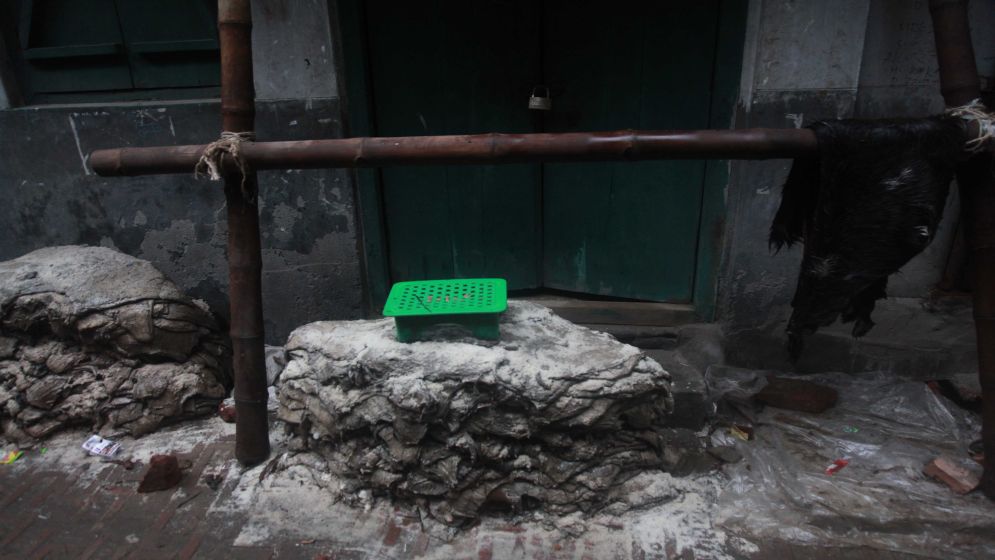
Declining demand exacerbated by faulty policy
It’s true that demand for natural leather has plummeted globally, largely replaced by synthetic alternatives. But the depressingly low price of leather in Bangladesh is also a result of government policy.
The damage done to the leather industry over the past fifteen years may take a century to undo, if it can even be salvaged at all.
Rebuilding a market takes time, effort, and resilience, but once it’s destroyed, it’s often beyond recovery.
Since my childhood, I've heard that leather and tea were two of Bangladesh’s primary cash crops, earning vast amounts of foreign currency. Today, leather is almost worthless.
I recently visited the leather industrial city in Hemayetpur, where I spoke with several leather processing plant owners. They have impressive, expansive facilities, but sadly, there’s no business to speak of.
Leather processing requires significant amounts of chemicals and water, and the chemical-laden water generated in the process wreaks havoc on the environment.
In the past, European and American buyers were indifferent to these environmental concerns. But since 2000, they've grown increasingly stringent about compliance, particularly when it comes to the treatment of wastewater through Effluent Treatment Plants (ETPs).
Installing and maintaining an ETP is an expensive undertaking, which small factories simply can’t afford.
Moreover, there’s barely enough space in the crowded Hazaribagh area to set up ETPs. To address this, the government had a plan to relocate the leather industry to Hemayetpur, with the promise of a central ETP that all factories would contribute via a shared service charge.
It seemed like a fantastic initiative. The factories were encouraged to move from the cramped, pollution-ridden environment of Hazaribagh to Hemayetpur, through a combination of persuasion, incentives, and, frankly, pressure.
But that promised central ETP never materialized.
Today, almost every large industrial operation has installed its own ETP, yet the government—despite spending vast sums in the name of development—has failed to set up a central ETP to support the entire leather industry.
Isn’t that odd? But the real reason behind it may explain this paradox.
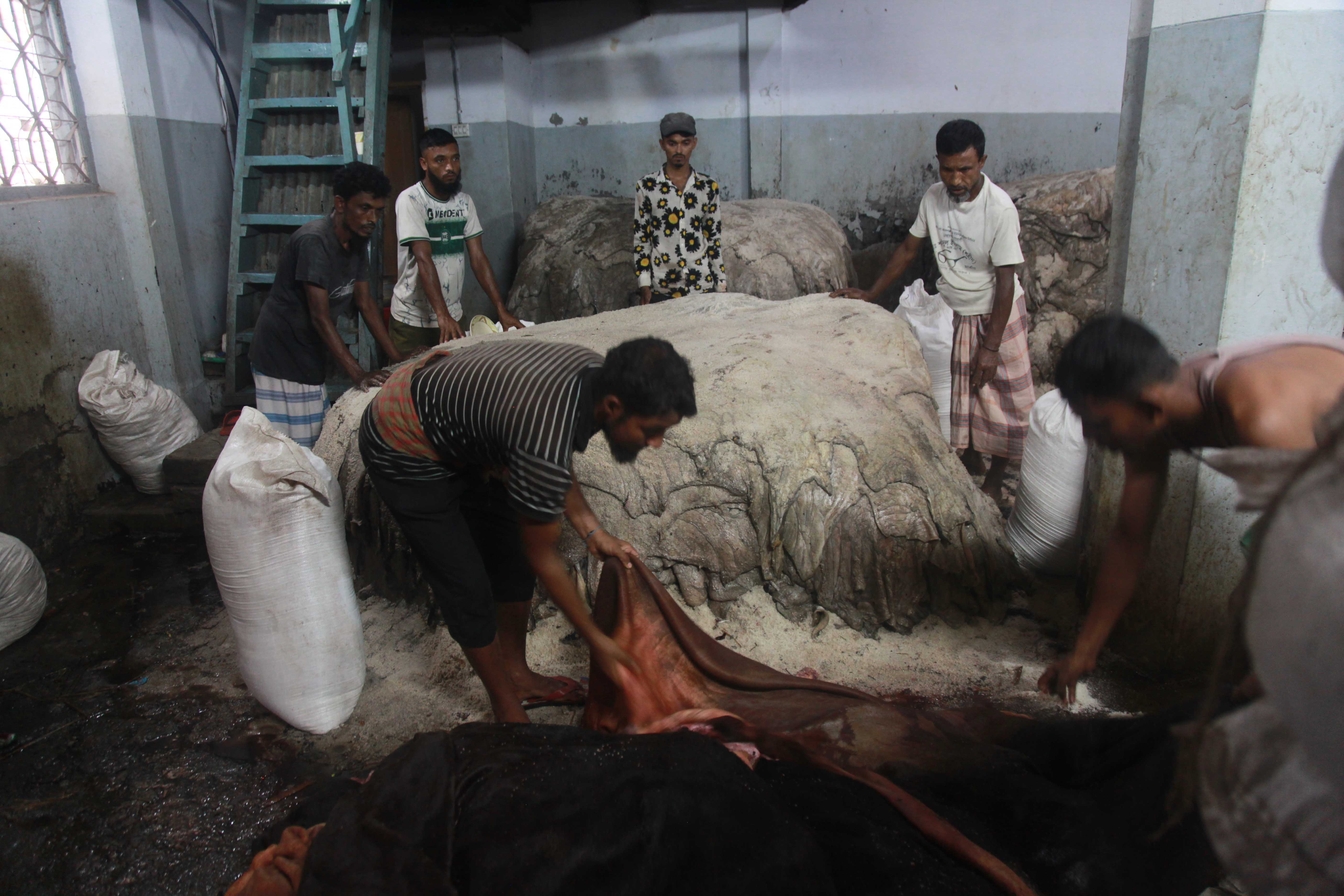
The missing pieces
Because of the lack of proper ETPs and non-compliance, European and American buyers began to pull out of Bangladesh’s leather market. And where did they go? Yes, you guessed it—India.
In 2000, India's leather industry was valued at around $3 billion but within a span of 25 years, the size of the industry has grown by 600% and has become around $18-19 billion.
This marked growth of the leather industry in India wasn’t a mere market shift; it was part of a larger, deliberate plan to dismantle the entire leather industry in Bangladesh.
The impact isn’t limited to the leather industry alone—it also affects beef, cattle farms, farmers, traders, and butchers.
With fewer exports, leather products that would have been sold abroad are now flooding the local market.
As a result, we’re forced to buy them at inflated prices, as a key revenue stream has been shut down. This helps explain why the price of leather is so low, yet shoes are still overpriced.
A few days ago, I visited Panchagarh, which is known for its high-quality plain tea. Over the years, a well-established ecosystem of farmers and processing plants has taken shape there.
But during my visit, I learned that the export of tea from Bangladesh has also been halted. Now, nearly all the tea produced in the country is consumed locally.
Growing up, I always read in textbooks that leather, tea, and jute were Bangladesh’s primary cash crops—three key industries that brought in significant foreign currency.
Yet, over the past fifteen years, the jute industry has all but disappeared, with its international market now firmly in India’s hands. And now, the leather and tea industries, once vital to our economy, have also been decimated.
The destruction of these industries over the last decade and a half has been nothing short of a tragedy for the country.
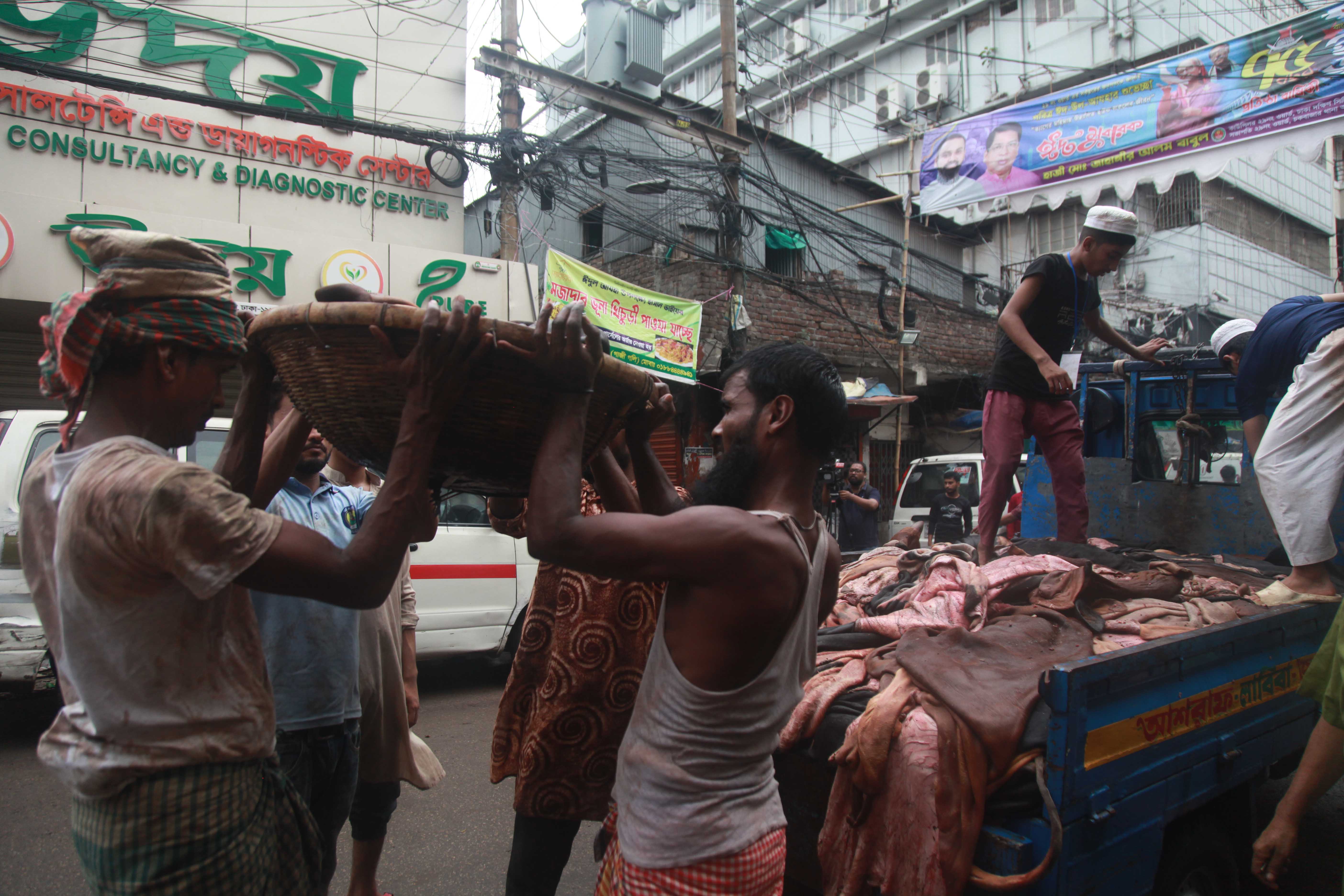
Jute, leather, and the untapped potential of agriculture
In recent years, the global market has shifted its focus away from synthetic, processed, and inorganic products, instead embracing natural and organic alternatives.
This shift has created an unprecedented demand for jute, largely driven by a global backlash against polythene.
With bans on plastic increasing worldwide, local demand for jute in Bangladesh has skyrocketed.
But as the country struggles to meet domestic demand, a larger, global demand has also emerged, offering a massive opportunity to earn foreign currency.
However, Bangladesh is unable to compete with India’s subsidized jute industry, which dominates the international market.
A similar story is unfolding in the leather industry. Natural leather products are fetching sky-high prices globally, yet in Bangladesh, this priceless commodity is being discarded with carelessness and neglect.
The growing global trend toward sustainable, environmentally-friendly products only adds to the irony.
While artificial leather is loaded with chemicals that harm the environment, natural leather remains an eco-sensitive alternative that could drive future industries. If only Bangladesh could capitalize on this opportunity.
In the face of these challenges, a larger global shift is underway. With advancements in AI and technology, the days of earning from intellectual fields are rapidly dwindling.
The flow of global capital is shifting from tech to agriculture, as evidenced by the increasing investment in agribusiness by tech giants. This is where Bangladesh, an agricultural powerhouse, has immense untapped potential.
Bangladesh is blessed with fertile land, a resource that is increasingly rare in the world.
Even in regions like Khulna and Satkhira, where soil salinity makes traditional agriculture difficult, nature has provided riches in the form of white gold shrimp, crabs, and other valuable marine products.
There is virtually no corner of the country where it is impossible to cultivate wealth. And yet, despite these abundant resources, Bangladesh remains trapped in poverty and hardship.
Geographically, the country is also uniquely positioned to capture the global market, with the sea offering cheap and efficient transportation routes.
The pieces are all in place—yet the nation suffers from a lack of visionary leadership.
Without a capable, forward-thinking leader who is committed to Bangladesh’s growth and global potential, these opportunities may remain untapped.
The future of Bangladesh lies in agriculture, and without the right leadership, it risks being left behind in the rapidly changing global economy.
—-
Sagor Hasnath is a former government employee turned-entrepreneur

